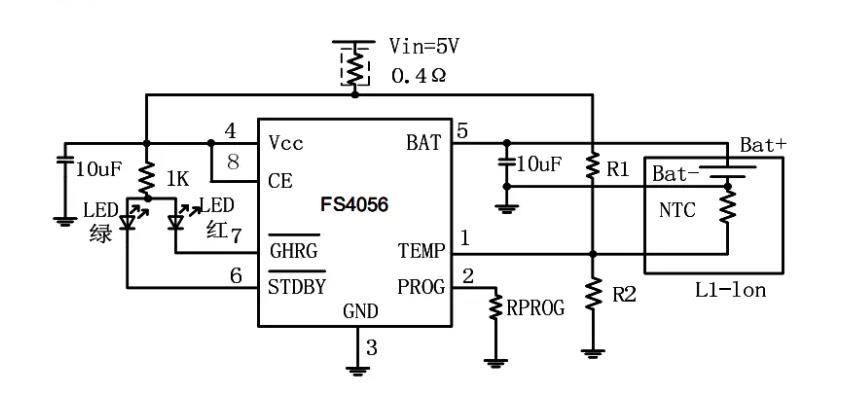Time:2024-09-30 11:55 View:694
Lithium-ion battery internal resistance parameter identification scheme involves a variety of methods and tools, these methods in different application scenarios and needs under the advantages and disadvantages of each, the following are several common identification schemes:

Sliding mode observer method: This method deduces the resistance renewal equation by Lyapunov-based method, and verifies the experiment by step discharge test at different SOC levels, showing good performance.
Ac method and DC method: The AC method calculates the internal resistance by applying a small AC signal and measuring the voltage response, which is suitable for performance evaluation without affecting the battery charge rate. The DC rule calculates the ohm internal resistance by measuring the overpotential change of the battery at the step current, but it may affect the charging state of the battery.
High-precision measuring instrument: The use of high-precision battery tester, such as sbt300 battery tester, using AC four-terminal test method, can more accurately measure the internal resistance and voltage of lithium batteries.
Online diagnosis algorithm: The online quantitative diagnosis algorithm based on the remaining charge amount can accurately and quantitatively diagnose the internal short-circuit resistance, especially in the early short-circuit diagnosis, and the voltage sampling period has a significant impact on the diagnostic accuracy.
Composite electrochemical analysis method: The internal resistance at the porous electrode/electrolyte interface, including electrolyte volume resistance, pore ion resistance and mass transfer resistance, can be separated by combining the transmission line model theory and electrochemical impedance spectroscopy.
Forgetting factor recursive least squares method: This method is used for offline parameter identification and compared with online identification methods to verify its accuracy. Offline identification results provide a benchmark for online real-time identification methods.
The selection of internal resistance parameter identification scheme of lithium-ion battery should be comprehensively considered according to the specific application scenario, measurement accuracy requirements and battery status.